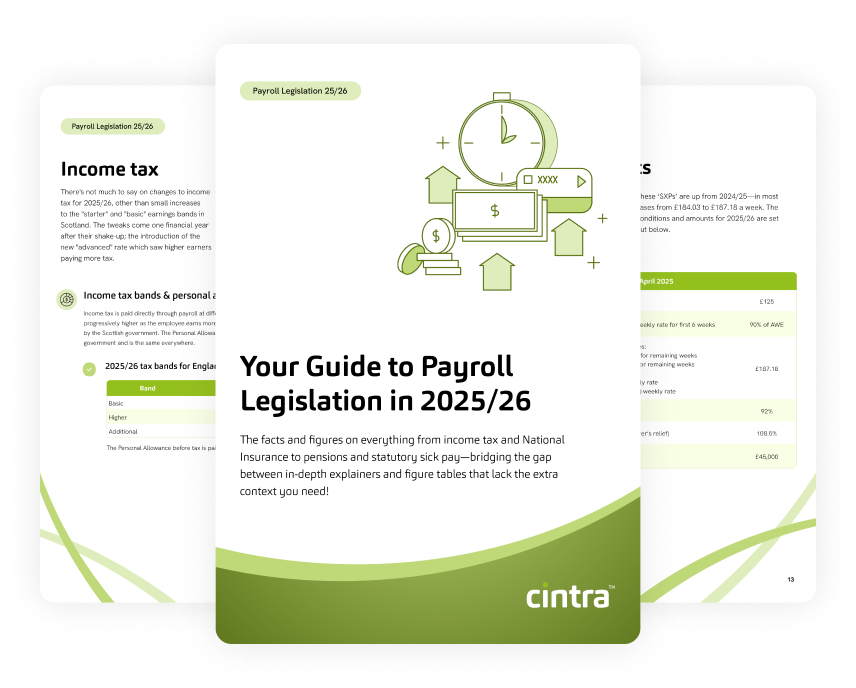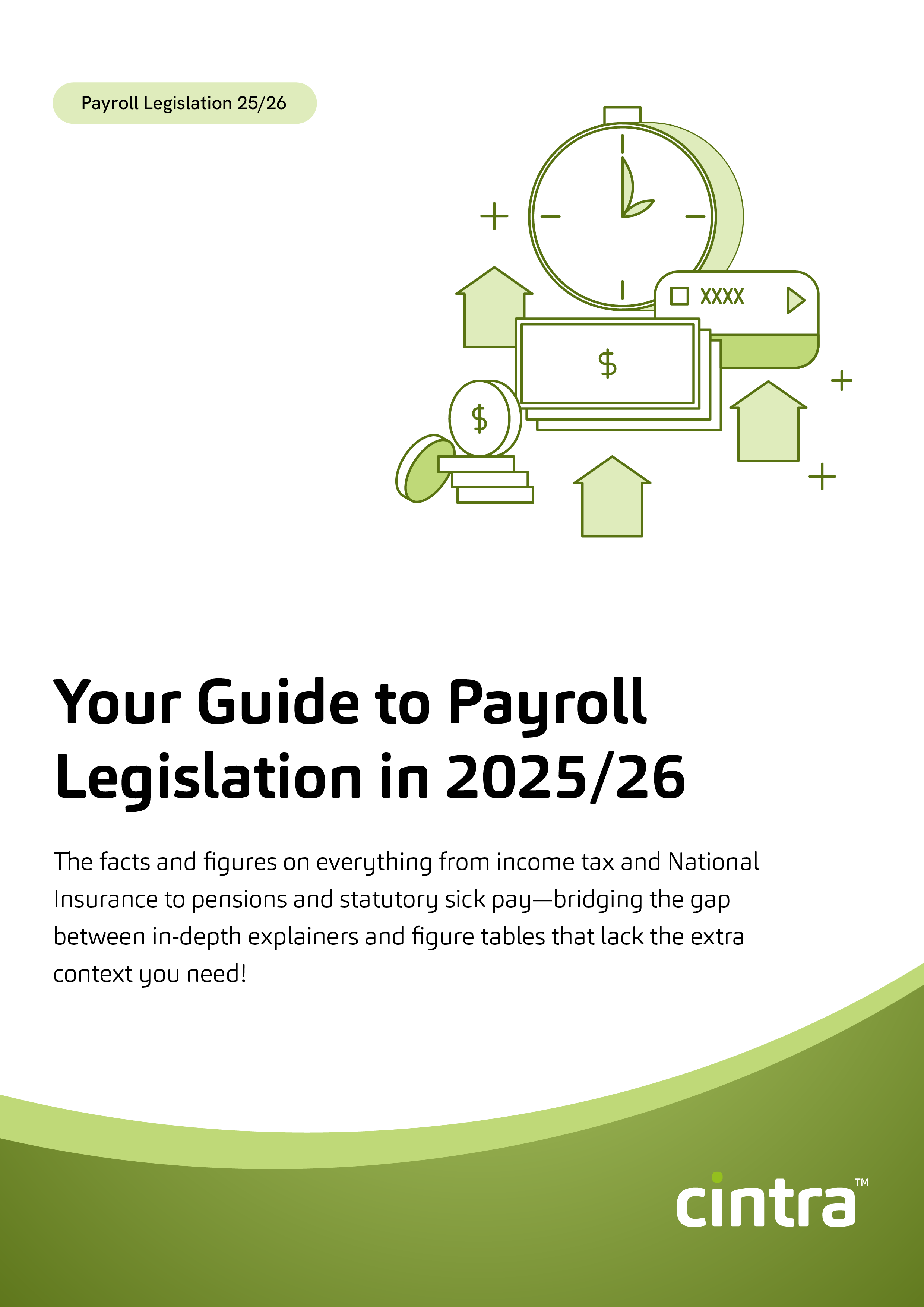Off-payroll working—often referred to as IR35—has been a hot topic for businesses and contractors since it was first introduced in April 2000 as part of the Finance Act.
Over the years, the rules have evolved to close loopholes and tackle concerns from those affected. But what does off-payroll working look like in 2025?
Let’s break it all down with a real-word scenario.
What is off-payroll working?
Off-payroll working refers to a tax regime that applies to contractors and freelancers who provide services through an intermediary, such as a personal service company (PSC), but would be classed as employees if they were engaged directly. It’s governed by the IR35 legislation, which requires individuals working in a similar way to employees to pay the same income tax and National Insurance contributions (NICs) as employees.
Since April 2021, medium and large private sector businesses (and public sector bodies) have been responsible for assessing the employment status of contractors, shifting the compliance burden from the individual to the client.
How does off-payroll working operate in practice?
Imagine Sophia, an IT consultant, has been hired by a financial services company to help with a six-month project. She operates through her own limited company (Sophia Tech Ltd).
The company needs to determine whether she falls inside or outside IR35, based on how she actually works with them.
This comes down to three key factors:
Level of control
- If Sophia decides when and where she works (e.g., she works remotely, sets her own hours, and delivers results in her own way), this suggests she’s outside IR35—she’s acting as a true independent contractor.
- However, if the company dictates her working hours, requires her to be in the office, and closely manages how she completes her tasks, this looks more like an employee-employer relationship, meaning she’s likely inside IR35.
Right of substitution
- If Sophia can send someone else from Sophia Tech Ltd to do the work (e.g., another consultant she employs), this suggests she’s outside IR35.
- If the company insists that only Sophia can do the work and won’t accept a replacement, this indicates she’s inside IR35.
Mutuality of obligation (MOO)
- If the contract states clear project deliverables and ends when the work is done—without an expectation of ongoing work—this supports an outside IR35 status.
- But if the company expects Sophia to keep working indefinitely, offers her new projects without renegotiation, or treats her like a permanent team member, this suggests she’s inside IR35.
Get the latest insights and best practice guides, direct to your inbox.
The advantages of off-payroll working for employers
| Advantage | Explanation |
|---|---|
| Cost savings | Let’s be honest, hiring full-time employees can be expensive. You’ve got to think about salaries, pensions, benefits, sick pay, holiday leave—the list goes on. With off-payroll workers, you only pay for the work they do, without all the extra overheads. |
| Flexibility | Need someone for a short-term project? Or extra hands during a busy period? Off-payroll workers give you the ability to scale your workforce up or down as needed. You’re not tied into long-term contracts, so you can bring in expertise when you need it and move on when the job’s done. |
| Access to specialist skills | Sometimes, you need an expert. Whether it’s a highly technical role or a niche skillset, hiring off-payroll means you can bring in top-tier talent without having to commit to a permanent hire. |
| Less admin | Managing full-time employees means dealing with payroll, taxes, benefits, HR policies—you name it. With off-payroll workers, they handle their own tax and National Insurance, reducing your administrative burden. |
| Increased efficiency | Contractors are usually brought in to deliver specific results, which means they’re focused, motivated, and ready to hit the ground running. Unlike permanent staff who might get caught up in day-to-day office politics or distractions, off-payroll workers are there to get the job done. |
| No long-term commitments | Hiring a permanent employee is a big decision, and sometimes things don’t work out. With off-payroll workers, you don’t have to worry about long-term employment contracts or redundancy costs. |
The disadvantages of off-payroll working for employers
| Disadvantage | Explanation |
|---|---|
| Less control | Unlike full-time employees, off-payroll workers usually set their own schedules and work methods. That’s great for their flexibility, but it can be tricky for you—especially if you need them to be available at specific times or to work in a certain way. |
| Lower loyalty & engagement | Full-time employees are invested in your business—they know the culture, they care about the long-term vision, and they often go the extra mile. Contractors, on the other hand, are there to do a job, get paid, and move on. That’s not to say they won’t deliver great work, but they may not have the same level of commitment as a permanent team member. |
| Specialists can be expensive | Need a contractor with highly specialised skills? Be prepared to pay a premium. While hiring off-payroll can be cost-effective in the short term, if you need ongoing expertise, it might actually be cheaper to hire a full-time employee. |
| Limited knowledge transfer | One downside of bringing in outside talent is that when they leave, their expertise leaves with them. Unlike full-time employees who help build internal knowledge and train others, contractors don’t always stick around long enough to pass on their skills. |
With Cintra, you’re not just getting a service—you’re getting a team of off-payroll working specialists
With a team of UK-based, CIPP-qualified payroll professionals, you’ll have access to expert guidance whenever you need it. Their deep knowledge and hands-on experience keep your payroll processes aligned with the latest regulations, so you can focus on running your business with confidence.
Get in touch to find out how we can help.

Payroll Legislation Guide
The facts, figures, thresholds and allowances for 2025/26 spanning tax, National Insurance, pensions, statutory payments and more.
Download now


